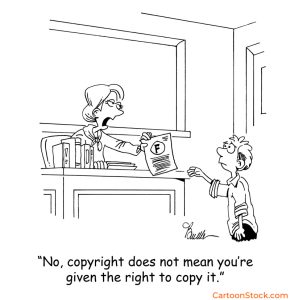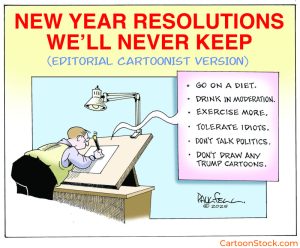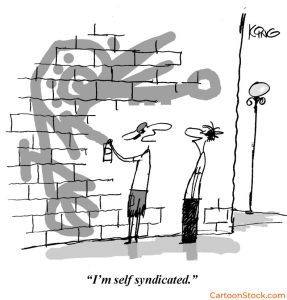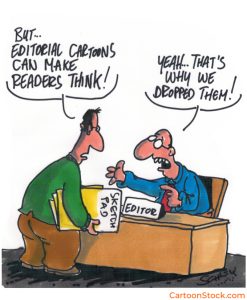Teachers know that a well-placed cartoon can transform a dry lesson into an engaging learning experience. Whether you’re explaining photosynthesis, illustrating a historical event, or lightening the mood during a challenging topic, cartoons make concepts stick. But many educators don’t realize that using cartoons in the classroom comes with legal considerations—even when the intent is…
Continue Reading…
Black Friday & Cyber Monday Cartoons
The Funniest Images from Shopping Season Looking for more seasonal humor? Explore our full Seasonal & Special Days Cartoon Collection. The Season of Sales, Chaos, and Comedy Every November, inboxes fill up, shopping carts overflow, and patience runs out. Black Friday and Cyber Monday mark the point where consumer enthusiasm meets chaos—and that’s where cartoonists…
Continue Reading…
The Complete Guide to Editorial Cartoons in Publishing
Why Editorial Cartoons Still Matter in Digital Publishing In an era of viral videos and instant memes, you might think the humble editorial cartoon would feel outdated. A single-panel drawing with a pointed caption? Quaint, right? Wrong. Editorial cartoons in publishing remain one of the most powerful tools in a media outlet’s arsenal. They cut…
Continue Reading…
How News Outlets Source Editorial Cartoons in the Digital Age
The End of the Syndicate Era Finding the right editorial cartoon used to be straightforward. Editors flipped through syndicate catalogues, selected a cartoonist, and paid a monthly subscription. The cartoons arrived weekly, reliable as clockwork. That system is effectively dead. Today, how news outlets source editorial cartoons reflects a fundamental shift in journalism itself. The…
Continue Reading…
How Editorial Cartoons Shape Modern Journalism
Why Editorial Cartoons Still Cut Through the Noise In an era of endless commentary and information overload, editorial cartoons in modern journalism do something remarkable: they distill entire arguments into a single, striking image. While readers scroll past lengthy analysis pieces, a sharp political cartoon stops them cold. These aren’t just illustrations. They’re visual journalism…
Continue Reading…






